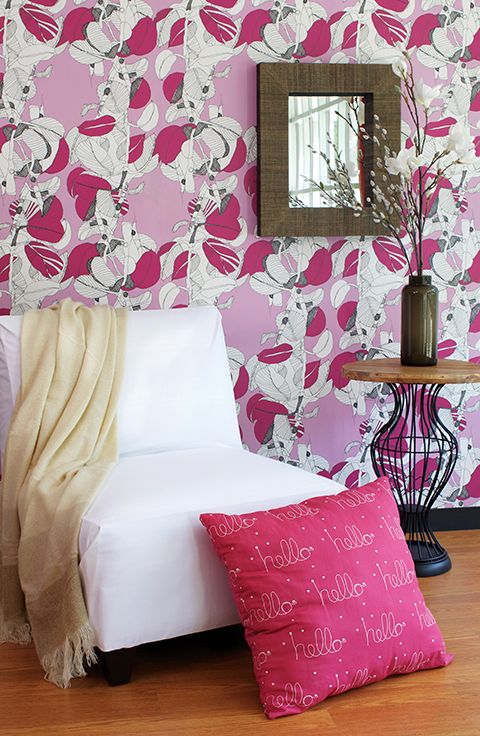Pigments
Compared to dyes, pigments for textile printing are still in the midst of development and remain challenging to formulate and maintain. Their insoluble particles offer a smaller colour gamut and they may require both fabric pre-treatment and post-print curing with dry heat, but they offer a lower cost of entry.
Pigment-based inks bond to the surface of the fabric, rather than entering it. The results are less vibrant and less colourfast.
The development of pigment-based inks for textiles has been driven by the direct-to-garment market, which has been dominated by CMYK+white ink sets and Epson printheads. Today, however, there is an increasing focus on roll-to-roll (RTR) printing with industrial printheads (e.g. Kyocera and Ricoh) using eight-colour sets. The industry’s development goals include improved colourfastness and vibrancy. Processing, meanwhile, has also become easier by integrating pre-treatment, printing and fixation into the same production equipment lines (e.g. Kornit’s Allegro system).

It is important for sign shops to test inks and fibres for specific performance features. Photo courtesy Spoonflower, designs by Ottomanbrim, Heather Dutton, Zesti, Mirthquake, Spellstone, Savannah Lindsay, Natitys, Jessee Suem, Gollybard and Anastasiia Ku
Soft signage
In the sign industry, the printing of textiles has been dominated by dye sublimation, but there has also been an exploration of pigment-based inks, most notably through the development of durable aqueous ‘latex’ inks for HP and Mimaki wide-format printers.
Many signmakers may not be well-aware of the nuances of ink chemistry with relation to textile printing. In part, this is because they have not needed to become familiar with textile applications beyond soft signage.
This is changing today, however, as they learn about new opportunities for wide-format digital printing, particularly the production of interior décor for retail stores and other commercial environments. There is some logic to offering both soft signage and interior décor, as many of the considerations are similar and both tend to use polyester-based fabrics. As such, much of signmakers’ existing knowledge can be carried over into the décor market.
Given the diversity of ink chemistries currently available, however, it is still important for sign shops to do their own testing for specific performance features. The commercial interior décor market is very broad and the main questions for a given job are how long it will need to last and what are its colourfastness and fire resistance requirements. Promotional graphics may be temporary, while environmental graphic design (EGD) features may be permanent.
With this in mind, sign shops can select between pigment-based direct printing and dye sublimation, depending on their graphics’ specific short- or long-term requirements.
Kerry Maguire King is director of research and development (R&D) for Spoonflower, which digitally prints fabric décor, wallpaper, quilts and other applications. For more information, contact her via e-mail at kking@spoonflower.com.





